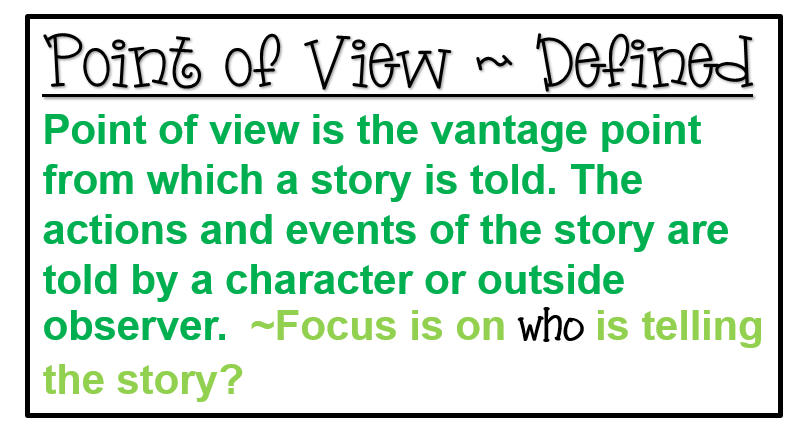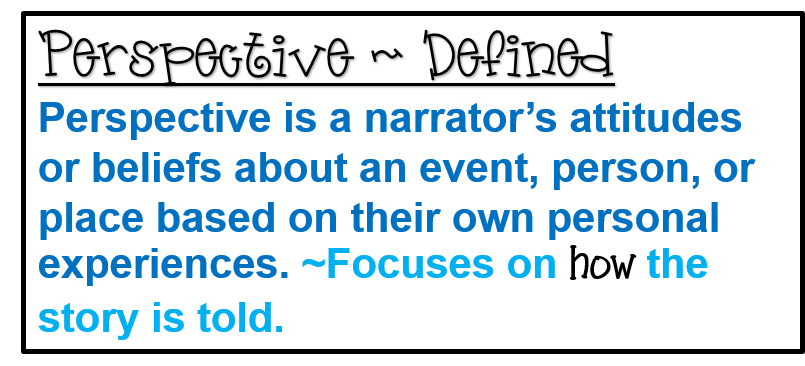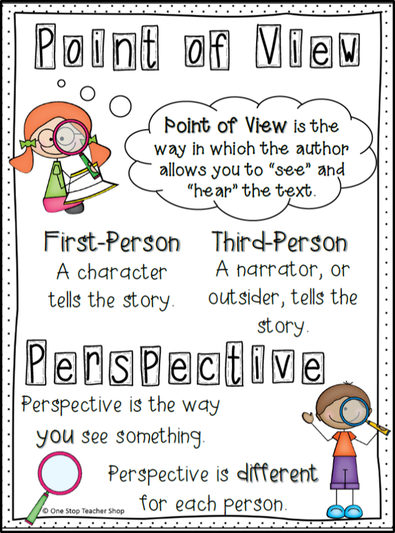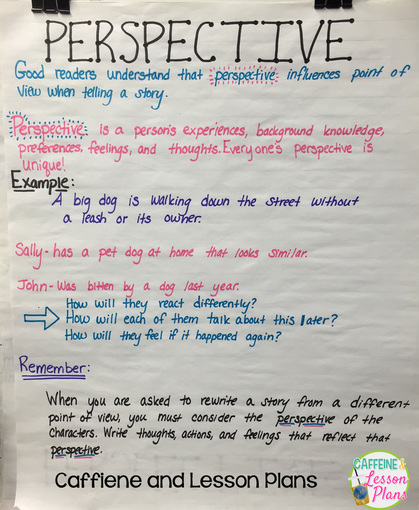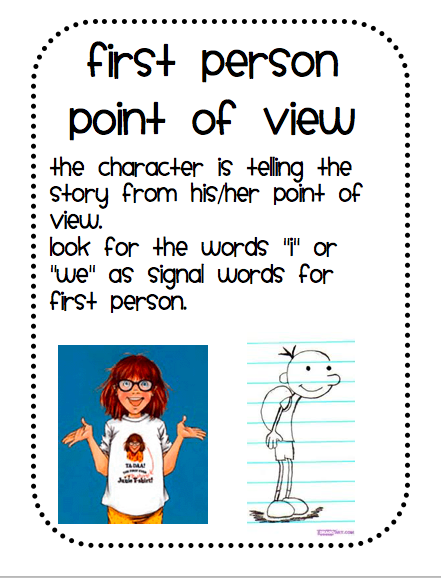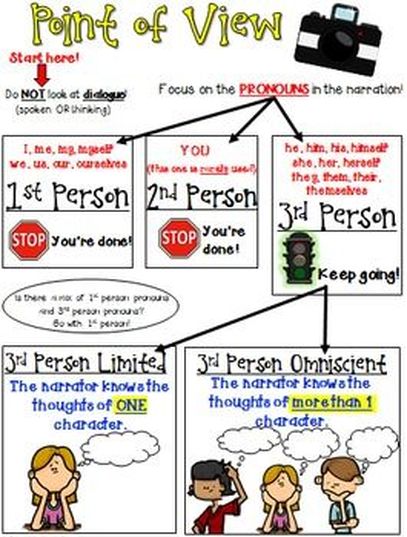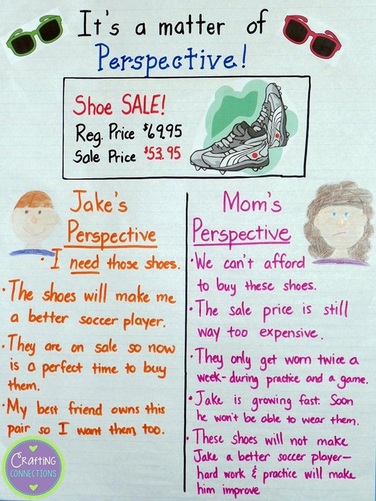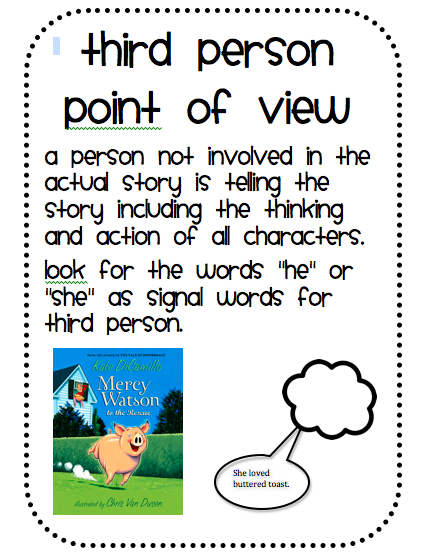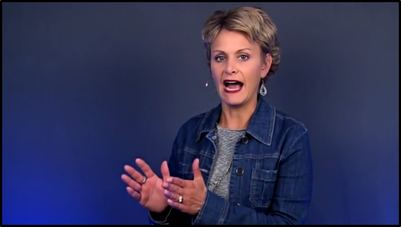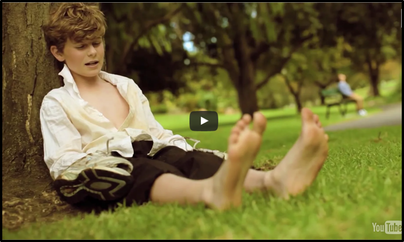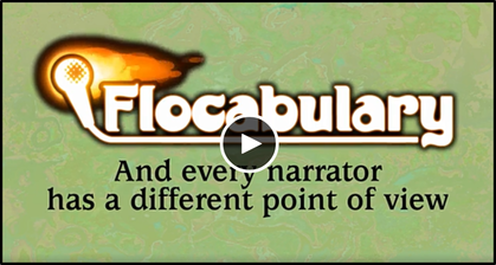
Many students are confused by the difference between the terms point of view and perspective. This is because the terms are often interchanged as synonyms. Point of view is the type of narration, more commonly known as first person point of view or third person point of view. It is the technical choice that the author makes in order to tell the story.
Many students are confused by the difference between the terms point of view and perspective. This is because the terms are often interchanged as synonyms. Point of view is the type of narration, more commonly known as first person point of view or third person point of view. It is the technical choice that the author makes in order to tell the story.

Perspective, on the other hand, is shaped by a person’s culture, physical traits, and personal experiences. Perspective can express a different approach to a well-known event or issue, and provides an opportunity for readers to see things in a new way.
While point of view focuses on the who of a story perspective focuses on the how.
While point of view focuses on the who of a story perspective focuses on the how.
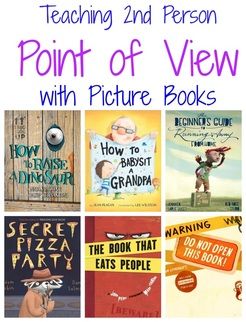 Click on link above.
Click on link above.
Thinking of introducing 2nd person point of view to your students, click on the link to the right to find several wonderful recommendations of books and video clips for all grade levels.





